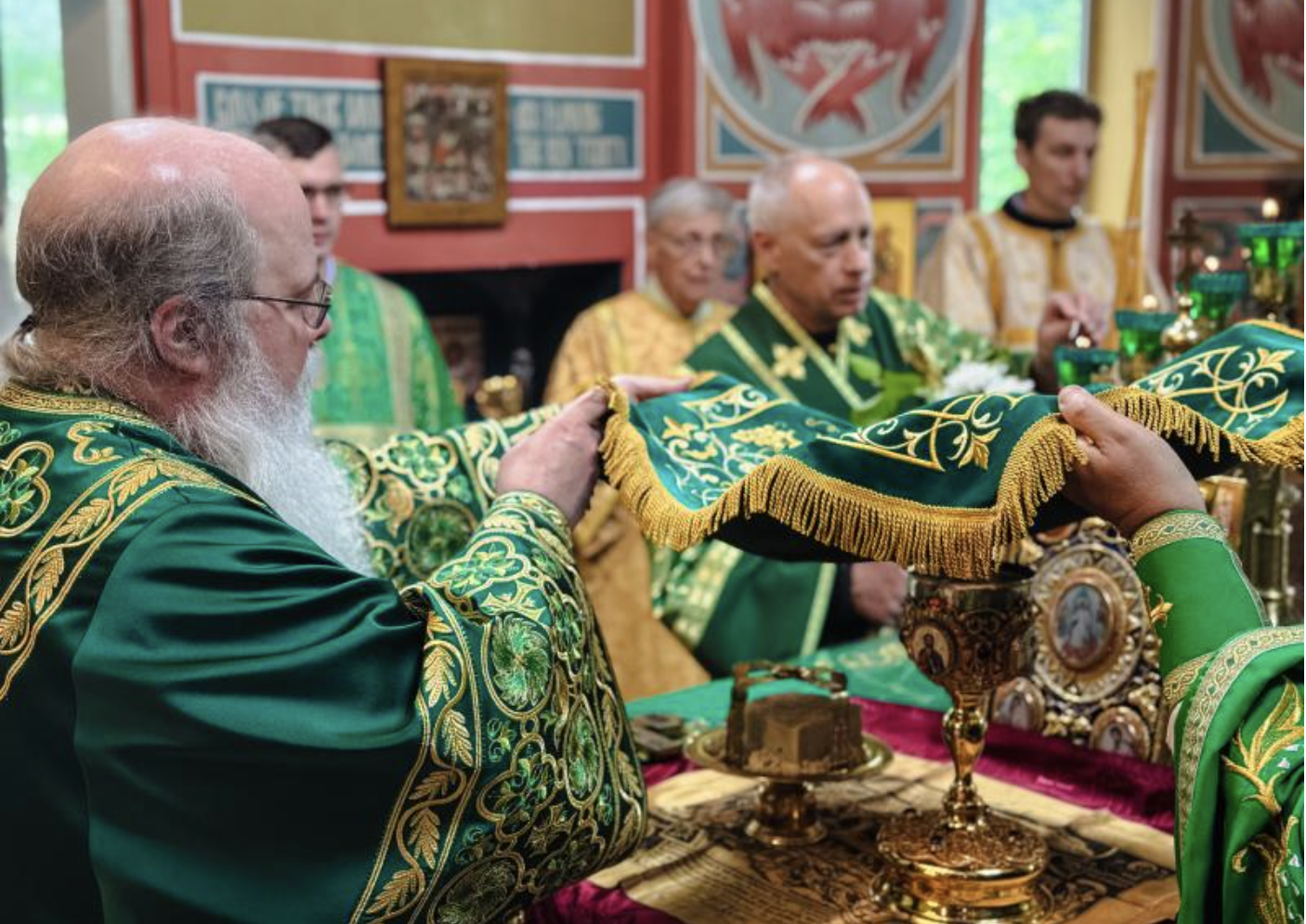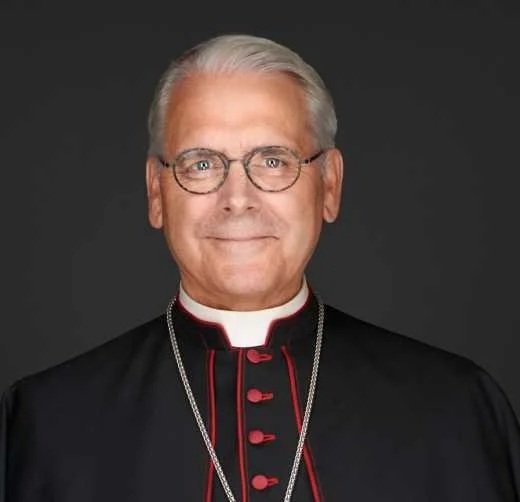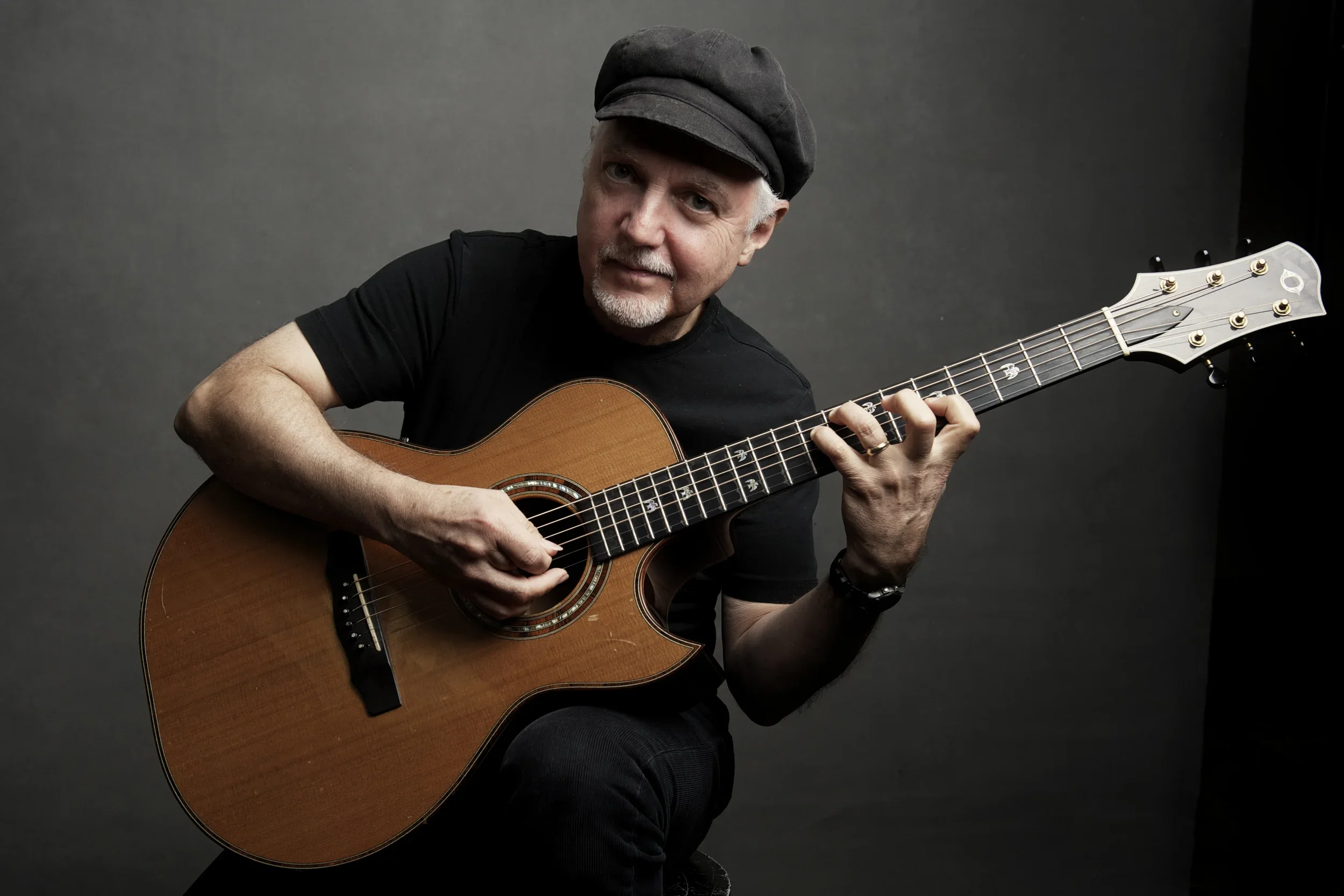Terry Mattingly
(ANALYSIS) After several years of conversations while traveling nationwide, Father Andrew Stephen Damick is convinced these ancient prayers are painfully relevant to many converts surging into the small, but now growing, Eastern Church in America. It is no longer unusual to meet converts who have worshipped other gods and spirits.
Conflicts like these are not common, but they can happen. I moved them into present tense for reasons that will become obvious, as I connect them to news coverage we discussed in this week’s “Crossroads” podcast, focusing on tensions between a few Christian schools and Turning Point USA.
(ANALYSIS) For Orthodox Christians in America, the 20th century was shaped by waves of believers fleeing wars, revolutions and persecution in lands such as Greece, Syria, Russia and Romania. These days, the catechumenate class numbers are staggering. While some Orthodox parishes are shrinking, many clergy are struggling to handle congregations that have doubled or tripled in size.
Once again, the United States Conference of Catholic Bishops gathered for debates and votes with serious implications for the current occupant of the White House and his supporters.
(ANALYSIS) Trying to combine Christian faith with serious rock music created a dilemma when Keaggy entered what record-industry pros have long called CCM — Contemporary Christian Music. Most of his over 55 albums were first sold in Christian bookstores instead of mainstream music chains.
The bottom line: There have been important, newsworthy trends taking place on the “religious left” as well as the “secular left.”
(ANALYSIS) The Rev. Ezekiel Dachomo had every reason to be emotional as he stood in a shallow grave containing the corpses of 11 members of his Nigerian church. Responding to pleas from Republicans in Congress and religious conservatives, President Donald Trump warned the United States may soon intervene.
While most episodes of “Crossroads” focus on religious issues in news coverage, this week’s podcast was quite different. The hook for my discussion with host Todd Wilken was a New York Times interview in which Hopkins described, in often cryptic language, an “epiphany” that made him the man and movie legend that he is today.
Obviously, Trump knows he has enemies who want to help him spend eternity in real estate infinitely hotter than South Florida. The president believes God saved his life for a purpose. That's interesting, considering his history of remarks doubting whether he is worthy of heaven.
(ANALYSIS) In other words, this is another case of “good” religion vs. “bad” religion.
What do you know? If you go to a typical online dictionary and look up the verb “drawl,” you will find, “to speak slowly with vowels greatly prolonged.”
(ANALYSIS) Many congregations have developed safer celebrations — often called “Holy-ween, “fall festivals” or similar terms — which almost always offer “trunk 'r treat” options, with families parked in church lots and children going car to car collecting candy.
If the president of the United States boards Air Force One for a dramatic trip to Israel — in the larger symbolic region often called the “Holy Land” — please consider putting at least one or two skilled religion-beat specialists on the airplane.
(ANALYSIS) The “Hear Us” exhibition added flashy decals to the columns, walls and floors of the iconic sanctuary, imitating the spray-paint art form common in alleys, road underpasses and urban neighborhoods. The images even offered up some bold challenges.
The bottom line: Weiss (a liberal Jew who is married to another woman) has demonstrated a strong belief that real religious believers, acting on real religious beliefs, can shape real news events in the real world.
(ANALYSIS) A reporter asked the Pope about the decision to give a U.S. Senator Dick Durbin a lifetime achievement award. The problem: Durbin consistently backs abortion rights and remains barred from receiving Holy Communion in Springfield, Illinois, his home diocese.
(ANALYSIS) Days after Charlie Kirk was assassinated, U.S. Attorney General Pam Bondi poured gasoline on raging national debates about social media chatter celebrating the 31-year-old activist's death. Prominent conservatives immediately rejected her words, noting that her use of the term “hate speech” is one that, historically, has been used by the hard left.
It’s time to play “spot the headline,” a game that I have — for decades — watched mainstream journalists play as they cover the papacy.
(ANALYSIS) The question is whether Vatican leaders can build unity between bishops who back Pride Masses and those who approve Latin Masses.
Doing this interview was consistent with Charlie Kirk’s history of reaching out to leaders on the other side of the chasm between red and blue America. I would argue that many other conservative groups should take a similar approach, if their leaders are sharp enough to handle these kinds of encounters (with both sides recording what happens).
In her 30-minute testimony, Erika Kirk said her husband knew his life was in danger, but he stressed the biblical message in a verse from Isaiah: “Here I am, Lord. Send me.” Kirk said she once told him: “‘Charlie, baby, please talk to me next time before you say that statement.’ ... When you say, ‘Here I am, Lord. Use me,’ God will take you up on that.’ ... God accepted that total surrender from my husband, and then called him to His side.”
In the past decade, leaders in America’s newsrooms have tried to find journalists who can help them understand the language, symbols and beliefs of Americans with different cultural backgrounds. An editor in Miami will want a large percentage of the staff to speak Spanish. What about reporters who can speak conversational “evangelical” or what some call “Christianese”?
(ANALYSIS) Months before his assassination, Charlie Kirk joined comedian Bill Maher on the “Club Random” podcast for a wide-ranging conversation on faith, science, politics and free speech. Despite Maher’s irreverence and marijuana use, Kirk held firm to his Christian convictions during that Eastertime conversation, especially in defending the hope of eternal life.
(ANALYSIS) What do Joe Rogan, Charlie Sheen and Charlie Kirk have in common? On many levels, the correct answer is, “Not much.” And I never thought that I would be discussing Sheen in the context of someone like Kirk who, whatever you thought of his MAGA messages, was maturing into an increasingly effective public apologist on topics of faith, family and public life.
After 40-plus years on the Godbeat, let me offer this observation: It’s extremely difficult to write about ancient, complex, often mysterious religious beliefs and doctrines in language that is both accurate and easily understandable in the mainstream media.
(ANALYSIS) Every decade or so, it's common to see news reports about pastors leaving pulpits in search of less stressful work. Consider the 2024 Hartford Institute for Religion Research poll in which more than half said they have considered quitting. According to 2022 polling by the Barna Institute, the main causes for anxiety were strong job stress (56%), followed by feeling isolated (43%).
Anyone who follows Catholics in cyberspace knows that Phil Lawler of Catholic Culture is an outspoken doctrinal conservative who is openly hostile to attempts to edit the “Catechism of the Catholic Church.” However, he is also a realist who can read between the lines of the official pronouncements issued by the Vatican, as well as the hints, rumors and strategic silences that surround those documents.
(ANALYSIS) It’s hard to take Jell-O salad to the after-church brunch a few hours after your husband of 33 years runs off with a younger woman. But the old-fashioned church Leanne Morgan attends in her summer Netflix sitcom does have a Philippians 4:13 poster in the fellowship hall proclaiming: “I can do all things through Him who gives me strength.”
After each and every school shooting, the usual suspects in public life produce their familiar soundbites that draw cheers from the faithful in their various choirs in blue America and red America.






























Collections of Christmas music often include a few popular Advent hymns sung in Protestant services and even in Christmas parties, such as “Joy to the World,” “It Came Upon a Midnight Clear” and, especially, “O Come, O Come Emmanuel.” Many Catholic Advent hymns focus on the role of Mary, the mother of Jesus, such as "Rorate Caeli (Drop down, Ye Heavens).”